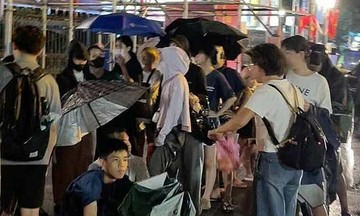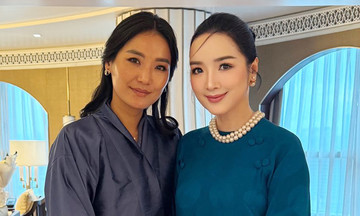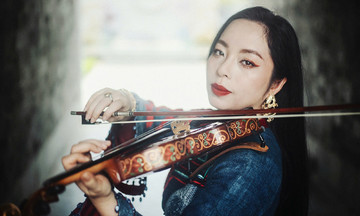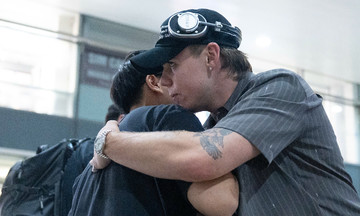 |
An Ede person making a living in Buon Ma Thuot, Dak Lak. Photo: Publisher |
Two individuals stand beside artifacts belonging to the last kings of the Champa kingdom in the late 17th century. In the early 20th century, concerned about the preservation of this treasure, a descendant of the Champa kings contacted scholars from the French School of the Far East (EFEO) to collect and categorize the artifacts.
These photographs are featured in the book "Memories of Indochina: Vietnam - Cambodia - Laos," published by the Ho Chi Minh City General Publishing House and the EFEO in Vietnam. The images, taken between the early 20th century and the 1950s by foreign EFEO photographers, were recently showcased as part of the 80th National Day celebrations.
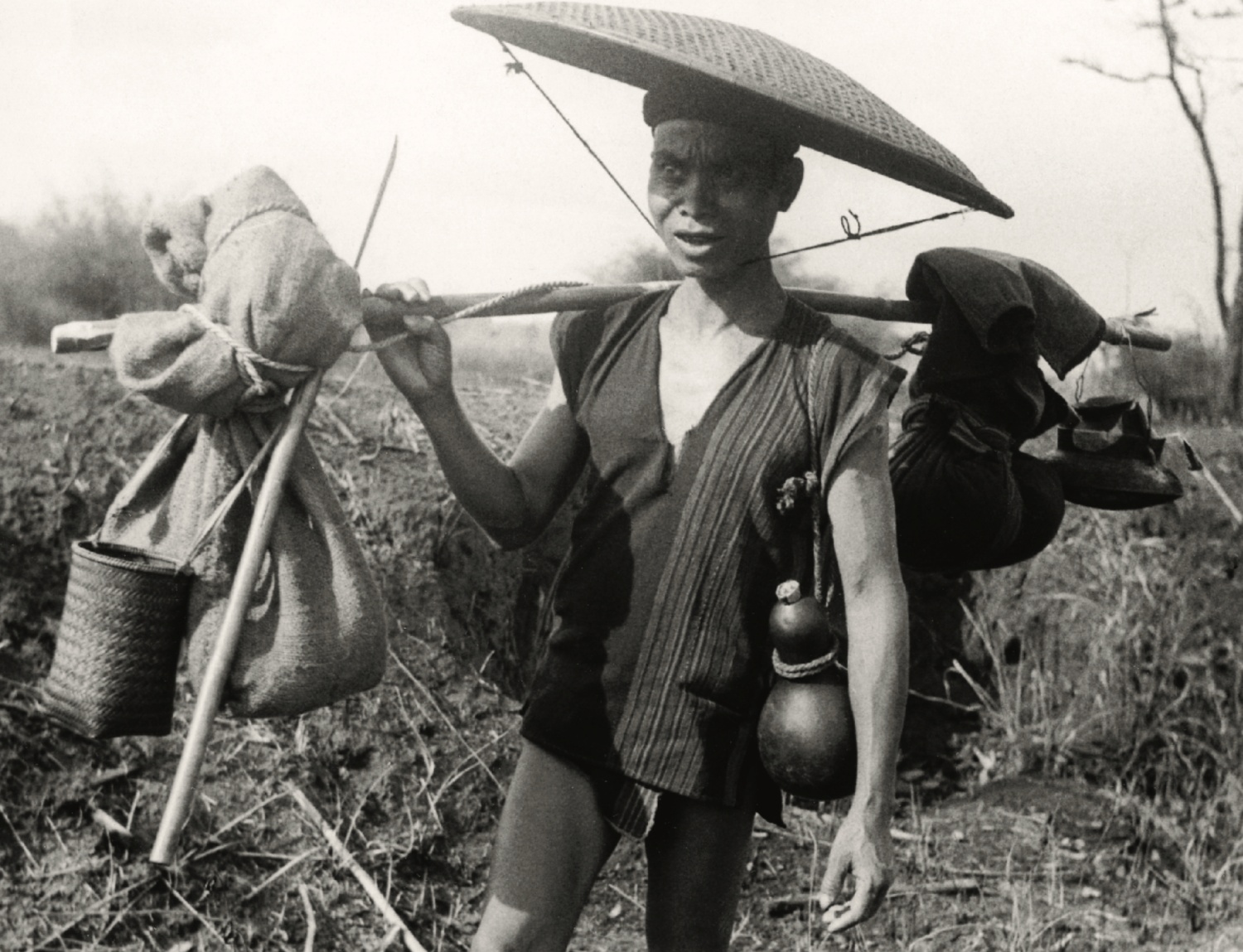 |
A Gia Rai chieftain in Pleiku, Gia Lai. Photo: Publisher |
An Ede person making a living in Buon Ma Thuot, Dak Lak. Photo: Publisher
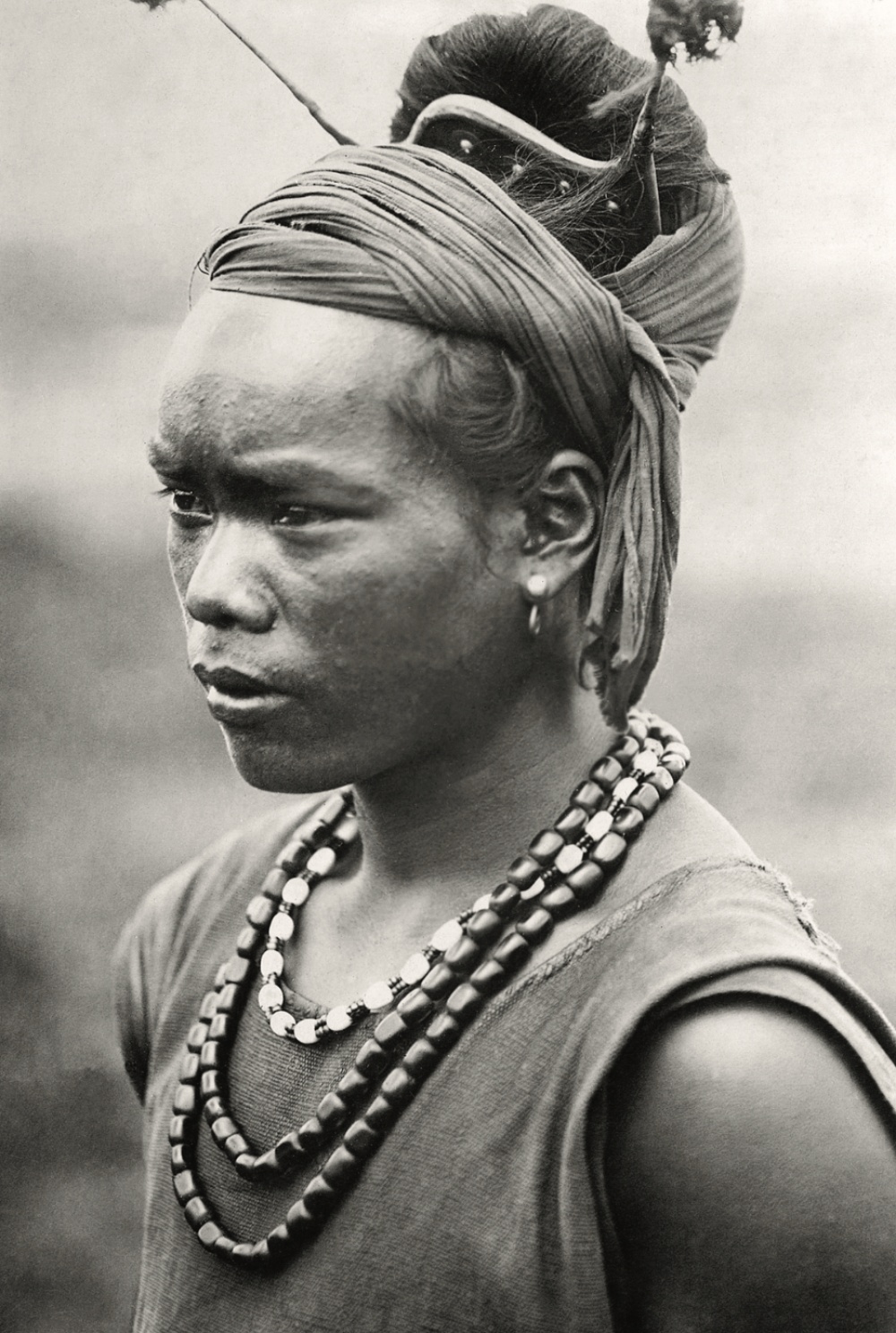 |
A festival of the Gia Rai ethnic group in the Central Highlands. In 2005, UNESCO proclaimed the Central Highlands Gong Culture Space as a Masterpiece of the Oral and Intangible Heritage of Humanity. Photo: Publisher |
A Gia Rai chieftain in Pleiku, Gia Lai. Photo: Publisher
 |
An archaeological expedition in central Vietnam in the early 20th century. From 1927, Jean-Yves Claeys, a French architect and archaeologist, led excavations in Tra Kieu (present-day Da Nang), uncovering Sinhapura, one of the first capitals of the Cham people. The excavations revealed city walls and a large number of relics and artifacts, which were entrusted to the Cham Museum in Tourane (later Da Nang). Photo: Publisher |
A festival of the Gia Rai ethnic group in the Central Highlands. In 2005, UNESCO proclaimed the Central Highlands Gong Culture Space as a Masterpiece of the Oral and Intangible Heritage of Humanity. Photo: Publisher
 |
Researchers excavating and restoring the Ponagar Cham Towers (named after the goddess worshipped there), located on a small hill in Nha Trang, Khanh Hoa. Photo: Publisher |
An archaeological expedition in central Vietnam in the early 20th century. From 1927, Jean-Yves Claeys, a French architect and archaeologist, led excavations in Tra Kieu (present-day Da Nang), uncovering Sinhapura, one of the first capitals of the Cham people. The excavations revealed city walls and a large number of relics and artifacts, which were entrusted to the Cham Museum in Tourane (later Da Nang). Photo: Publisher
 |
Excavations carried out by the EFEO, under the direction of Jean-Yves Claeys in 1934, at Thap Mam mound, Binh Dinh (now Gia Lai). The artifacts were later transferred to the Tourane Museum (Da Nang), with some sent to the Guimet Museum in Paris, France. Photo: Publisher |
Researchers excavating and restoring the Ponagar Cham Towers (named after the goddess worshipped there), located on a small hill in Nha Trang, Khanh Hoa. Photo: Publisher
 |
The ceremonial procession at Nam Giao, Hue, in 4/1939. The king was the sole officiant in the ceremony, which took place at the Nam Giao Esplanade, south of the imperial city, built by King Gia Long in 1806. The procession, led by elephants, started from the palace and proceeded towards the southwest gate. Photo: Publisher |
Excavations carried out by the EFEO, under the direction of Jean-Yves Claeys in 1934, at Thap Mam mound, Binh Dinh (now Gia Lai). The artifacts were later transferred to the Tourane Museum (Da Nang), with some sent to the Guimet Museum in Paris, France. Photo: Publisher
 |
The chief officiant at the Nam Giao offering ceremony. Photo: Publisher |
The book also presents images of ceremonies from the feudal dynasties. During the Nam Giao offering ceremony in 4/1939, Emperor Bao Dai sat on a special palanquin, a gift from King Louis XVI of France to Nguyen Anh, the first king of the Nguyen dynasty.
The Nam Giao offering ceremony was considered the most important ritual under the monarchy. It affirmed the legitimacy of the dynasty and the emperor's authority, ordained by heaven, to rule the world. Only the king had the right to perform this ceremony.
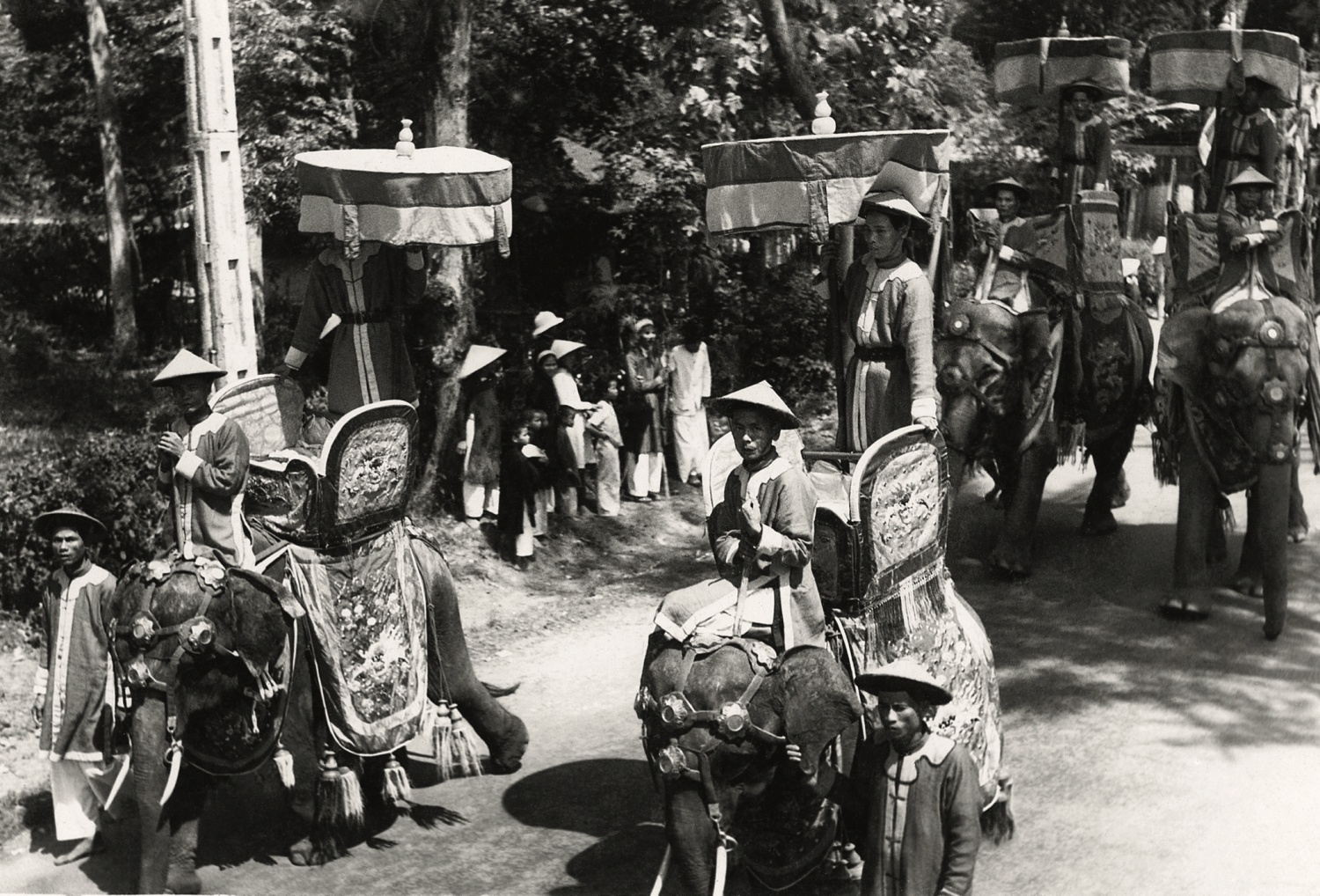 |
The publication also features images of daily life in Saigon - Cholon, such as a Chinese dragon dance. In 1931, recognizing the urban development and the need to connect these two areas, the authorities merged them, retaining the name Saigon. Photo: Publisher |
The ceremonial procession at Nam Giao, Hue, in 4/1939. The king was the sole officiant in the ceremony, which took place at the Nam Giao Esplanade, south of the imperial city, built by King Gia Long in 1806. The procession, led by elephants, started from the palace and proceeded towards the southwest gate. Photo: Publisher
 |
The chief officiant at the Nam Giao offering ceremony. Photo: Publisher
 |
The publication also features images of daily life in Saigon - Cholon, such as a Chinese dragon dance. In 1931, recognizing the urban development and the need to connect these two areas, the authorities merged them, retaining the name Saigon. Photo: Publisher
Mai Nhat



